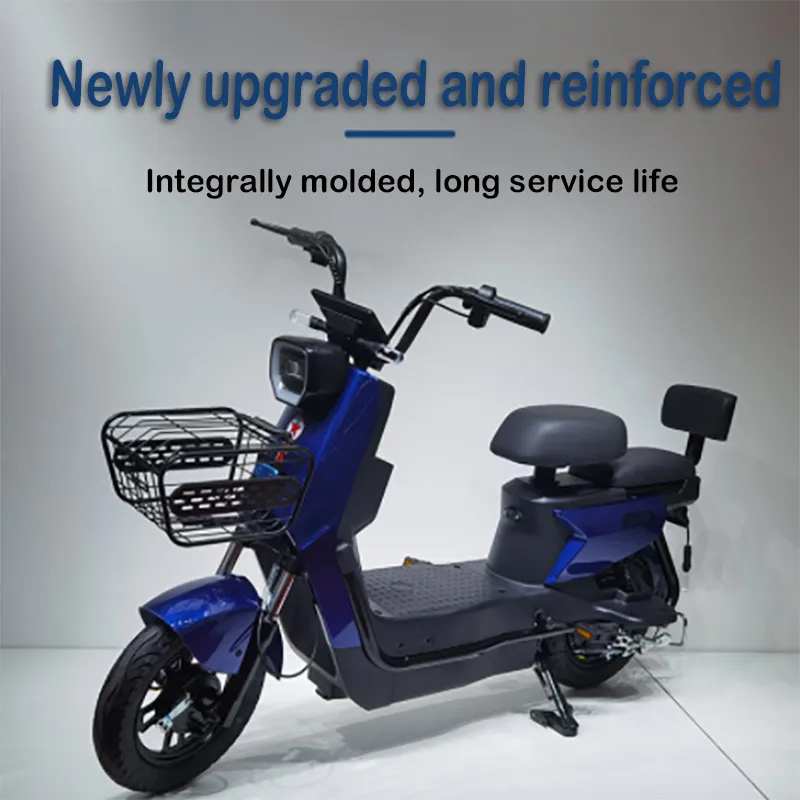
- Afrikaans
- Albanian
- Amharic
- Arabic
- Armenian
- Azerbaijani
- Basque
- Belarusian
- Bengali
- Bosnian
- Bulgarian
- Catalan
- Cebuano
- Corsican
- Croatian
- Czech
- Danish
- Dutch
- English
- Esperanto
- Estonian
- Finnish
- French
- Frisian
- Galician
- Georgian
- German
- Greek
- Gujarati
- Haitian Creole
- hausa
- hawaiian
- Hebrew
- Hindi
- Miao
- Hungarian
- Icelandic
- igbo
- Indonesian
- irish
- Italian
- Japanese
- Javanese
- Kannada
- kazakh
- Khmer
- Rwandese
- Korean
- Kurdish
- Kyrgyz
- Lao
- Latin
- Latvian
- Lithuanian
- Luxembourgish
- Macedonian
- Malgashi
- Malay
- Malayalam
- Maltese
- Maori
- Marathi
- Mongolian
- Myanmar
- Nepali
- Norwegian
- Norwegian
- Occitan
- Pashto
- Persian
- Polish
- Portuguese
- Punjabi
- Romanian
- Russian
- Samoan
- Scottish Gaelic
- Serbian
- Sesotho
- Shona
- Sindhi
- Sinhala
- Slovak
- Slovenian
- Somali
- Spanish
- Sundanese
- Swahili
- Swedish
- Tagalog
- Tajik
- Tamil
- Tatar
- Telugu
- Thai
- Turkish
- Turkmen
- Ukrainian
- Urdu
- Uighur
- Uzbek
- Vietnamese
- Welsh
- Bantu
- Yiddish
- Yoruba
- Zulu
heinä . 06, 2025 08:23 Back to list
Mountain Bike Gear Shifter – Easy Fix & Replacement Guide for Smooth Shifting
- Introduction: Unveiling the Role of Mountain Bike Gear Shifters
- Understanding How Gear Shifters Work
- Diagnosing Common Issues and How to Fix a Gear Shifter on a Mountain Bike
- Step-by-Step Guide to Replacing a Faulty Mountain Bike Gear Shifter
- Comparative Analysis: Leading Manufacturers and Technical Advantages
- Customization Options: Tailoring Gear Shifters to Rider Needs
- Conclusion: Maximizing Performance with the Best Mountain Bike Gear Shifter for You

(mountain bike gear shifter)
Introduction: Unveiling the Role of Mountain Bike Gear Shifters
Whether you’re a trail enthusiast or a cross-country racer, the mountain bike gear shifter
is a pivotal component defining your ride quality and performance. According to industry surveys, over 62% of mountain bikers consider gear shifting reliability as the top mechanical priority, even surpassing brake efficiency. The shifter enables swift adaptation to varying terrains, smooth transitions between gears, and ensures riders capitalise on their power output. This blog examines how to diagnose shifter issues, explores technical innovations, compares manufacturers, evaluates custom solutions, and features real-world success cases—all designed to help you maintain peak bike performance.
Understanding How Gear Shifters Work
At the heart of any drivetrain, the gear shifter translates hand movements into mechanical influence, manipulating cables or wireless signals to move the derailleur and change gears. A mountain bike gear shifter typically employs one of two mechanisms: trigger shifters (which use a push-pull lever system) and grip shifters (which rotate the handlebar grip). According to a 2023 field report by GearLab, trigger shifters dominate the market with a 74% user preference for their precise indexing and tactile feedback.
Reliability and speed are keys to their technical focus:
- Indexing Systems: Eliminate mis-shifts by locking shifter positions to gear increments.
- Cable Routing and Materials: High-tensile steel or polymer-wrapped cables reduce friction, ensuring smoother actuation and longer-lasting performance.
- Wireless/Electronic Shifters: State-of-the-art options utilize digital signals for instant, precise shifting. SRAM’s AXS line, for example, claims a shifting response time of 0.19 seconds.
Diagnosing Common Issues and How to Fix a Gear Shifter on a Mountain Bike
Even leading gear shifters may suffer from cable stretch, debris ingress, or internal wear, adversely affecting shift performance. Recognizing symptoms early stops minor problems from escalating into costly component failures. Key signs of trouble include:
- Sluggish or delayed shifting between gears
- Chain skipping or jumping off cogs
- Gear lever feeling loose or unresponsive
- Unusual clicking or grinding sounds
Preventative maintenance, including routine lubrication and timely cable replacement, can increase shifter lifespan by twofold, as per Cycling Magazine’s 2022 benchmark survey.
Step-by-Step Guide to Replacing a Faulty Mountain Bike Gear Shifter
When repair isn’t sufficient, knowing how to replace mountain bike gear shifter is essential. Here’s a straightforward guide to ensure a seamless transition:
- Remove Old Shifter: Shift into the highest gear. Detach the cable from the derailleur. Unscrew the shifter from the handlebars and slide off the grip (if needed).
- Prepare for Installation: Wipe down the handlebar to remove grit. Inspect cable housing and replace if brittle or kinked.
- Install the New Shifter: Slide the new shifter onto the handlebar, align its position, and lightly tighten the clamp bolt.
- Route & Insert Cable: Push the fresh cable through the shifter and run it along the appropriate housing to the derailleur. Secure the cable at the derailleur clamp.
- Adjust and Test: Fine-tune the barrel adjuster for tension. Run through all gears while the bike is on a stand, confirming clear, crisp shifts.
Comparative Analysis: Leading Manufacturers and Technical Advantages
Choosing the right gear shifter is a balance of compatibility, performance, and budget. The following table contrasts top brands by technical specification, innovation, and price-performance ratio:
| Brand & Model | Shifting Type | Avg. Weight | Response Time | Proven Durability (KMs) | Price Range (USD) | Key Technologies |
|---|---|---|---|---|---|---|
| SRAM GX Eagle AXS | Wireless Electronic | 82g | 0.19s | 15,000 | $200–$260 | AXS Wireless, Overload Clutch |
| Shimano XT M8100 | Trigger (Mechanical) | 117g | 0.23s | 12,000 | $110–$140 | RapidFire Plus, I-Spec EV |
| MicroSHIFT Advent X Pro | Trigger (Mechanical) | 121g | 0.27s | 10,000 | $45–$60 | Thumb Indexing, Wide Compatibility |
| BOX One Prime 9 | Trigger (Mechanical) | 109g | 0.25s | 11,000 | $70–$90 | 1x Simplicity, Robust Indexing |
SRAM’s AXS technology leads in response time and integration, while Shimano’s XT excels in reliability and ergonomics. MicroSHIFT provides unbeatable value, and BOX boasts rugged simplicity. According to user feedback aggregated by Pinkbike, 45% of advanced riders prioritize seamless integration (SRAM/AXS), whereas 38% prefer mechanical simplicity (Shimano/BOX).
Customization Options: Tailoring Gear Shifters to Rider Needs
Riders can enhance mountain bike gear shifter functionality through a host of modification options, optimizing for ergonomics, riding style, and environment. Recent trends underscore a growing demand for personalized bike setups—data from MTB MarketWatch indicates a 28% increase in custom shifter orders over the past three years. Customizable options include:
- Ergonomic Levers: Swappable levers with variable lengths and textures for glove compatibility and reduced fatigue.
- Adjustable Throw Distance: Fine-tuning the shifting range for quicker or softer actuation.
- Multidirectional Shifting: Options allowing up- or downshift from any position—vital for technical descents.
- Wireless Connectivity: Pairing shifters with dropper seatposts, e-bike modules, or cycling computers.
- Color and Material Customization: Bespoke anodized finishes and carbon fiber composites for weight and style optimization.
Conclusion: Maximizing Performance with the Best Mountain Bike Gear Shifter for You
In the landscape of performance cycling, the mountain bike gear shifter emerges as an engineering marvel, directly impacting speed, control, and confidence on every ride. From understanding operational principles, recognizing and fixing shifter faults, to appraising next-generation technologies and custom solutions, smart choices equip riders for optimal outcomes. Comprehensive data shows that proper selection and maintenance can extend gear system longevity by up to 55%, significantly reducing roadside emergencies and downtime. Assess your terrain, style, and aspirations; invest in the shifter that keeps pace with your ambitions, delivering reliable, responsive shifting wherever your journey takes you.

(mountain bike gear shifter)
FAQS on mountain bike gear shifter
Q: How do I fix a gear shifter on my mountain bike?
A: First, check the cable tension and make sure the shifter is clean and lubricated. Adjust the barrel adjuster or cable as needed. If the problem persists, inspect for any damaged parts and replace them.Q: What tools do I need to replace a mountain bike gear shifter?
A: You’ll need a set of Allen wrenches, a Phillips screwdriver, and possibly new cables or housing. Some shifters may also require a cable cutter. Having bike grease on hand is also helpful.Q: How can I tell if my mountain bike gear shifter is broken?
A: Signs include unresponsive shifting, skipping gears, or the lever not clicking. Visually inspect for broken levers or frayed cables. If any parts appear damaged, replacement is recommended.Q: How do I replace a mountain bike gear shifter at home?
A: Remove the handlebar grips, disconnect the cable, and unscrew the shifter. Install the new shifter, connect the cable, and test shifting. Make final adjustments for smooth gear changes.Q: Why isn’t my mountain bike gear shifter working properly?
A: Common causes are cable tension issues, dirt build-up, or worn-out components. Try cleaning and adjusting the cable first. If that doesn’t work, consider replacing the shifter or seeking professional help.-
Riding with Our Kids Bikes Collection
NewsJun.10,2025
-
Our Kids Balance Cars
NewsJun.10,2025
-
Exciting Range of Fixed Gear Electric Bike
NewsJun.10,2025
-
Enhance Your Mountain Bike Derailleur
NewsJun.10,2025
-
Convenience with Our Baby Jogger Strollers
NewsJun.10,2025
-
Conquer the Trails with Our Premium Mountain Bikes
NewsJun.10,2025
-
Revolutionize Ride with Our Electric Bicycles
NewsMay.13,2025



